Top string quartet players respond to An Equal Music
mainFrom our moderator, Anthea Kreston:
The Fortnightly Music Book Club takes a close look at Vikram Seth’s An Equal Music, a book about the fictional Maggiore string quartet, told through the eyes of the second violinist. The writing is deeply personal, poetic, and the themes weave between lost/gained love, the struggle for musical fulfilment, and the complex lives of a successful touring string quartet.
Scroll down to the end to get a listening list of repertoire from the book. Of particular interest is Beethoven’s own transcription of his Op. 1, No. 3 piano trio, now for String Quintet, Op. 104. Questions can be left below in comments, or sent to Fortnightlymusicbookclub@gmail.com.
We are fortunate to have several members/former members of prominent string quartets reading along, commenting and answering reader questions.
Michael, the main character of An Equal Music, learns Beethoven’s Op. 1/3 Trio with his first love, Julia, while they are students in Vienna. His complex relationship with his teacher and his passionate love for Julia are deeply enmeshed in this work – he can feel every note, it’s struggle, pain and pleasure. When he, 10 years later, still heart-sick over the loss of Julia, discovers the quintet version of this piece, he becomes physically and emotionally ill. His memories are immediately tied to this piece. As musicians, we can relate to this easily – the memories of pieces – where we learned them, with whom, and who taught us – these memories only deepen with time – they are physically part of our bodies, our hearts, and our desires and disappointments.
As a former Piano Trio junkie, I was particularly keen to hear the Op. 104 transcription of his Op. 1/3 piano trio. I have never played this piece, seen it performed, or programmed – it is entirely rare. I came upon several recordings, and clicked on the Fine Arts rendition. I have always been fond of their sound – they have an unabashed romantic, old-fashioned approach – honest and emotionally open. I adore this transcription – in fact, I prefer it in some ways – the score comes alive in a completely new way – give it a listen. I reached out to Ralph Evans, the first violinist of the Fine Arts Quartet, to get his input about the piece. Here is what he said.
Ralph Evans: ‘I grew up at a time when arrangements and transcriptions were distinctly unfashionable. Musicologists and critics, intently focused on musical “purity”, published article after article disparaging any artists whose performance choices smacked of contemporary indulgences – for example, the failure to use original editions, to use instruments contemporaneous with the period of composition, or to use what musicologists deemed to be correct performance practice. Consequently, performers started to snub arrangements thinking: why perform an arrangement which would subject themselves to heavy criticism when one could easily limit one’s repertoire to works published in its so-called original form?
‘Like nearly all musicians, I was persuaded by such arguments and tended to dismiss any adulterations of what was thought to be a composer’s original conception. Thus, when the Naxos label offered the Fine Arts Quartet the opportunity to record, among other Beethoven works, his String Quintet Op.104, which is an arrangement of his well-known piano trio Op.1, No.3, my first reaction was to consider what other Beethoven work (in original form) we could record instead.
‘Upon further reflection, though, I changed my mind, becoming enthusiastic about recording the Op.104 quintet for a quartet of reasons:
1) It was Beethoven’s own arrangement, after all
2) Nearly all composers have transcribed their works at times for other combinations because they felt their music could be expressed equally well in many other formats. 3) Drawing on my own experiences as a composer, I could admit to myself I haven’t always been able to decide in which instrumentation certain musical ideas were best expressed.
4) Finally, and above all, the music in Beethoven’s Op.104 Quintet arrangement, cleverly distributed among 5 string voices, is gorgeous and gives great pleasure. And in the end, isn’t that all that counts – even if another composer had made the transcription?’
Thank you, Ralph!
I have found that listening to the repertoire in the book greatly enhances my reading experience. I have compiled the list here.
An Equal Music Repertoire
Bach Partita for Solo Violin, E Major
Bach The Art of the Fugue BWV 1080 version for String Quartet, Version for piano
Beethoven Trio Op. 1#3
Beethoven String Quintet Op. 104
Haydn String Quartet Op. 20 #6
Mozart Sonata for Violin and Piano in E minor, K. 304
Schubert Quartet No. 12 in C minor, D. 703, Quartettsatz
Schubert String Quintet in C, D. 956
Schubert “Trout” Quintet
Vivaldi Sonata for Violin and Piano, No. 1 in C
Vaughan Williams “Lark Ascending”
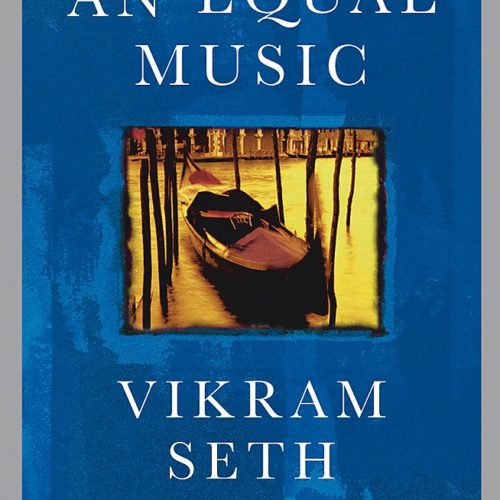

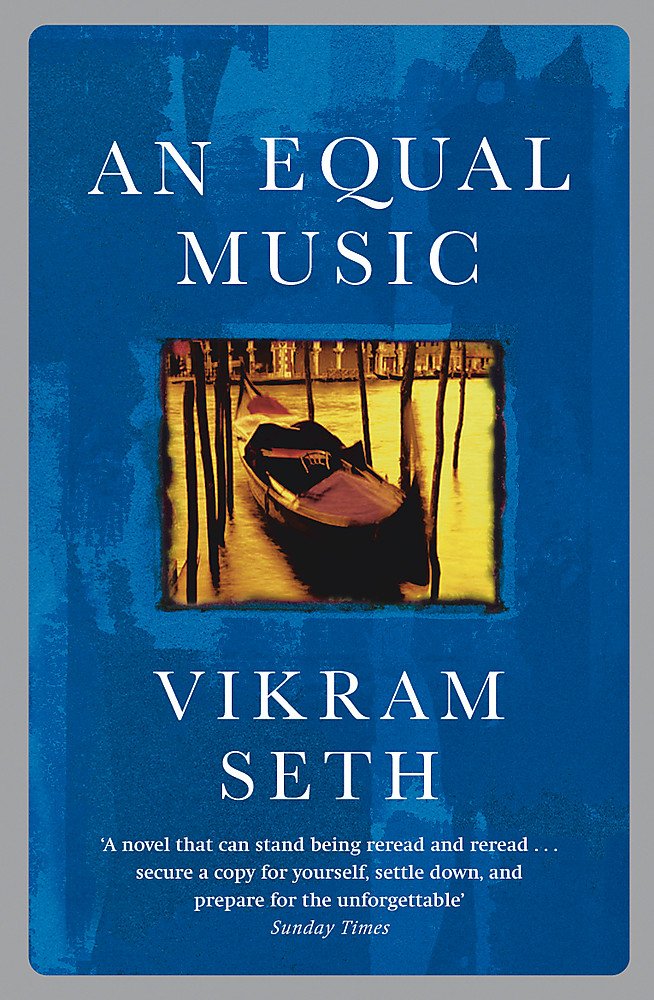
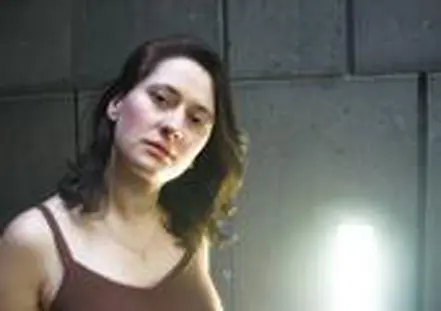

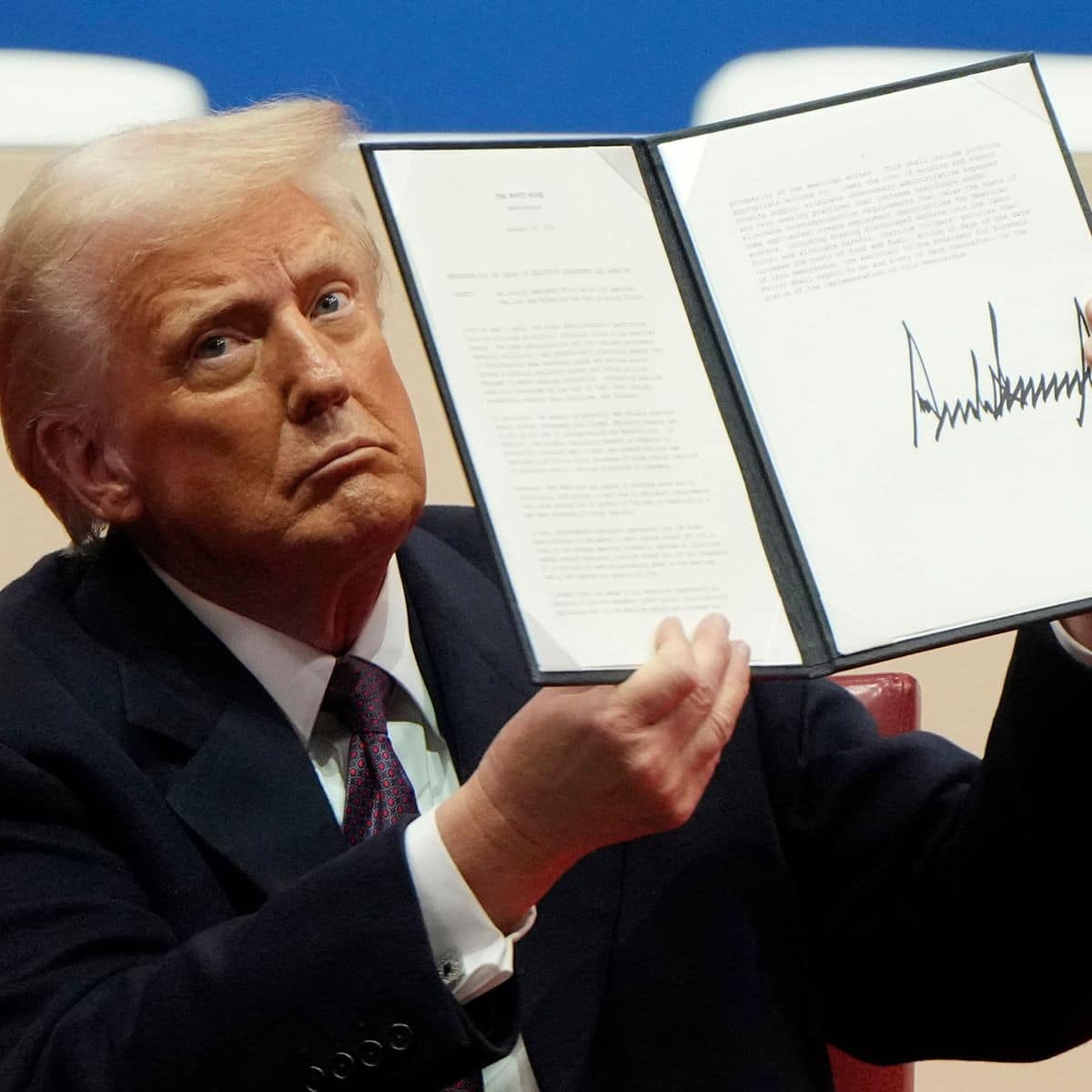
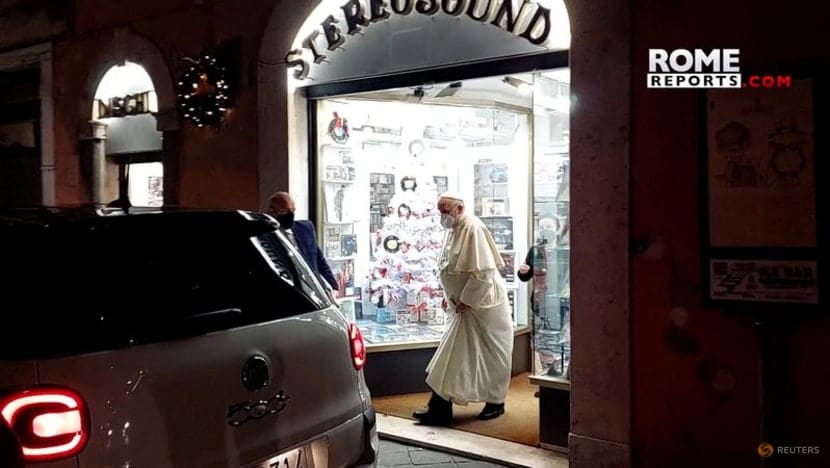
Comments